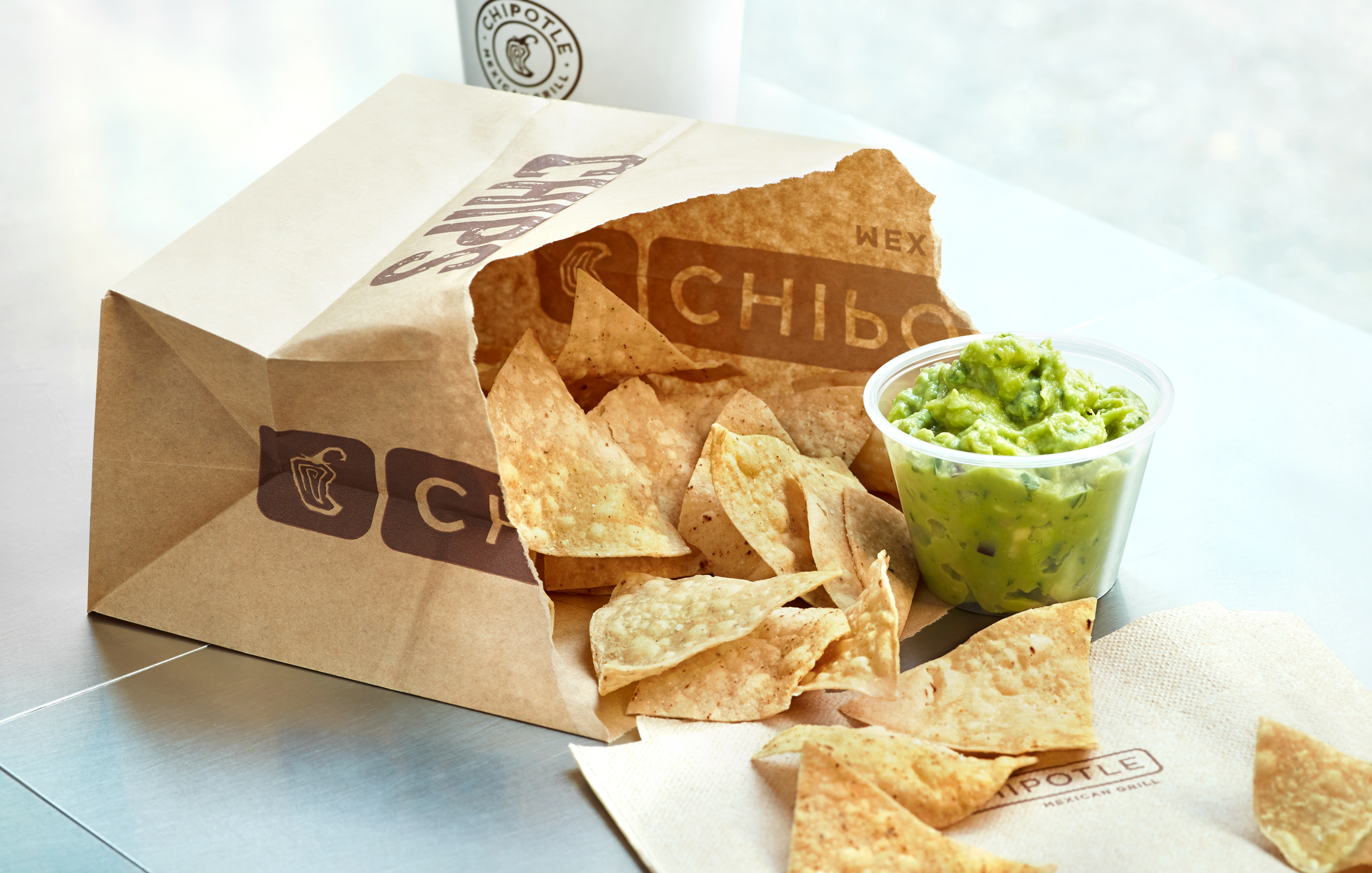Restaurants ring up Big Data to drive sales
We’ve said it before and odds are we will say it again – applications for our Disruptive Innovators can come from a number of areas, including ones that are less than obvious. Big Data and its use in the restaurant industry is such an example as those companies look to overcome flat traffic trends and drive incremental purchases. How? By knowing what your preference are thanks to Big Data, mobile apps, and loyalty programs, which allow them to notify you when your preferred items, or ones that match your profile, are on sale. This likely means more pop-ups for last minute, impulse item additions like the extra guac from Chipotle courtesy of DoorDash. And yes, Chipotle is in the process of rolling out its own loyalty program.
Data is emerging as a powerful weapon in the increasingly competitive battle for the restaurant consumer. An explosion of food vendors—and menu items—is giving diners more choices than ever. Some restaurants say using customer data to tailor menus to their tastes can give them a leg up.
“Total restaurant traffic is not growing, so anything restaurants can do to offer a better customer experience differentiates them from the competition,” says David Portalatin, a food-industry adviser at market-research firm NPD Group Inc.
Many restaurants collect customer data through their loyalty programs, which diners can sign up for online or via an app. (After customers make a certain number of visits, they earn points that can be redeemed for discounted items or at no charge.) But the data that companies collect through such programs offer a window into the habits of only their most loyal customers, who aren’t the ones they really need to convince to return. And there are limitations to some online loyalty programs: Restaurants that collect email addresses without logging specific purchases can only send out emails about promotions to the whole customer base. An email for half-priced Frappuccinos, for example, would be wasted on someone who only ever orders coffee.
By contrast, individuals’ purchases are easier to track on mobile-order apps. Starbucks Corp. realized that its mobile app, which had only been accessible to members of its Starbucks Rewards loyalty program, could be more effective if it were open to everyone. Starbucks had 15 million active Rewards members, but it had another 60 million monthly customers it knew nothing about. Starbucks in March opened the app to everyone.
Source: How Restaurants Are Using Big Data as a Competitive Tool – WSJ


